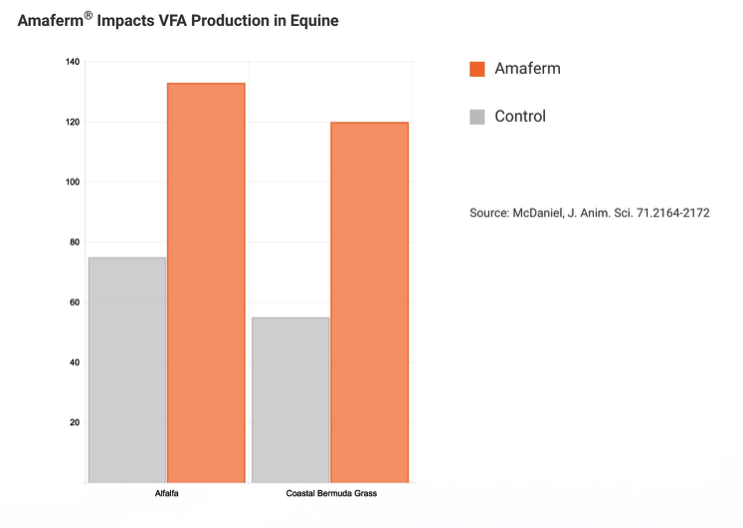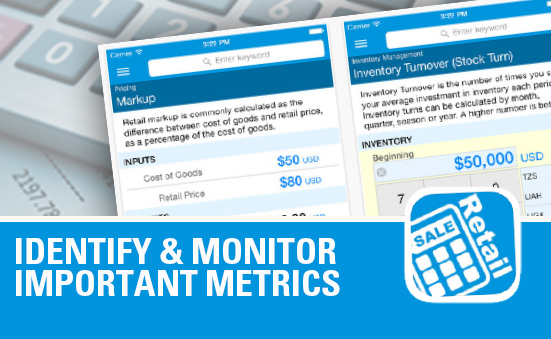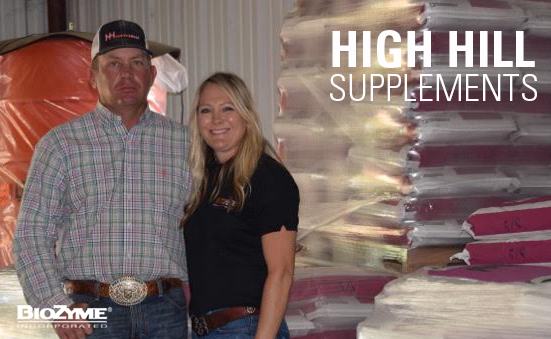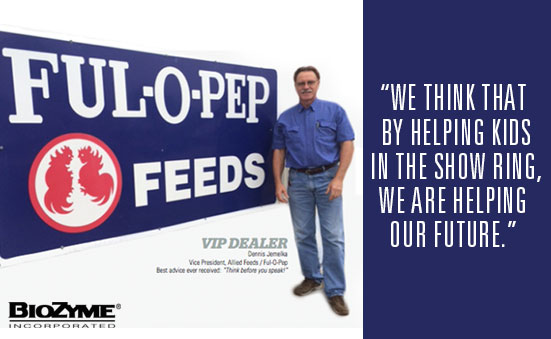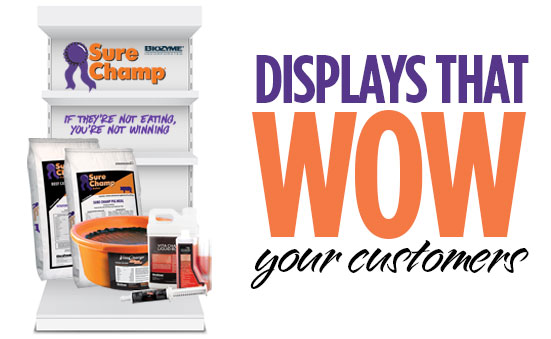Inventory management is an art that can elevate your business to new heights if done well. It is highly variable, and the optimal system is different for each dealer. There are many tools that can be implemented to improve your inventory management – and cash flow!
Techniques such as First-In First-Out (FIFO), setting par levels, having a contingency plan to address unforeseen issues should they occur, auditing regularly and classifying inventory so you have a system to prioritize the most important stock are all vital parts of inventory management.
Successful inventory management involves balancing the costs of inventory with the benefits of inventory. Many dealers fail to fully appreciate the true costs of carrying inventory, which includes not only direct costs of storage, insurance and taxes, but also the cost of money tied up in inventory. This fine line between keeping too much inventory and not enough is not the only concern. Others include:
- Maintaining a wide assortment of stock — but not spreading the rapidly moving ones too thin;
- Increasing inventory turnover — but not sacrificing the service level;
- Keeping stock low — but not sacrificing service or performance;
- Obtaining lower prices by making volume purchases — but not ending up with slow-moving inventory; and
- Having an adequate inventory on hand — but not getting caught with obsolete items.
Perhaps one of the most important elements to finding this balance is accurate forecasting.
A huge part of good inventory management comes down to accurately predicting demand. Make no mistake, this is incredibly hard to do. There are so many variables involved and you’ll never know for sure exactly what’s coming, but you can get pretty close. Here are a few things to look at when projecting your future sales:
- Trends in the market
- Last year’s sales during the same week/month
- This year’s growth rate
- Guaranteed sales from contracts and subscriptions
- Seasonality and the overall economy
- Upcoming promotions
- Planned ad spending
If there’s something else that will help you create a more accurate forecast, be sure to include it.
A helpful planning tool would be to graph product sales from last year by month so you have a picture that serves as a rough forecasting tool to help stay ahead of ordering and marketing.
Accurate inventory management incorporates what you know about customer and product demand from the past and present to (ideally) predict your best course of action in the future.
Optimize the value of such information by coupling your inventory management and marketing promotions to work together (More on page 10). For example, such insights can reveal potential opportunities to leverage quantity-based pricing suppliers may offer, while at the same time empowering you to offset times of lower demand with promotions or ‘packaged’ deals that strategically drive sales.
It is always best practice to ensure you have product on the floor at least 2 weeks prior to the beginning of selling season for each product and then use the forecasting tools above to prepare for restocking throughout the season.




